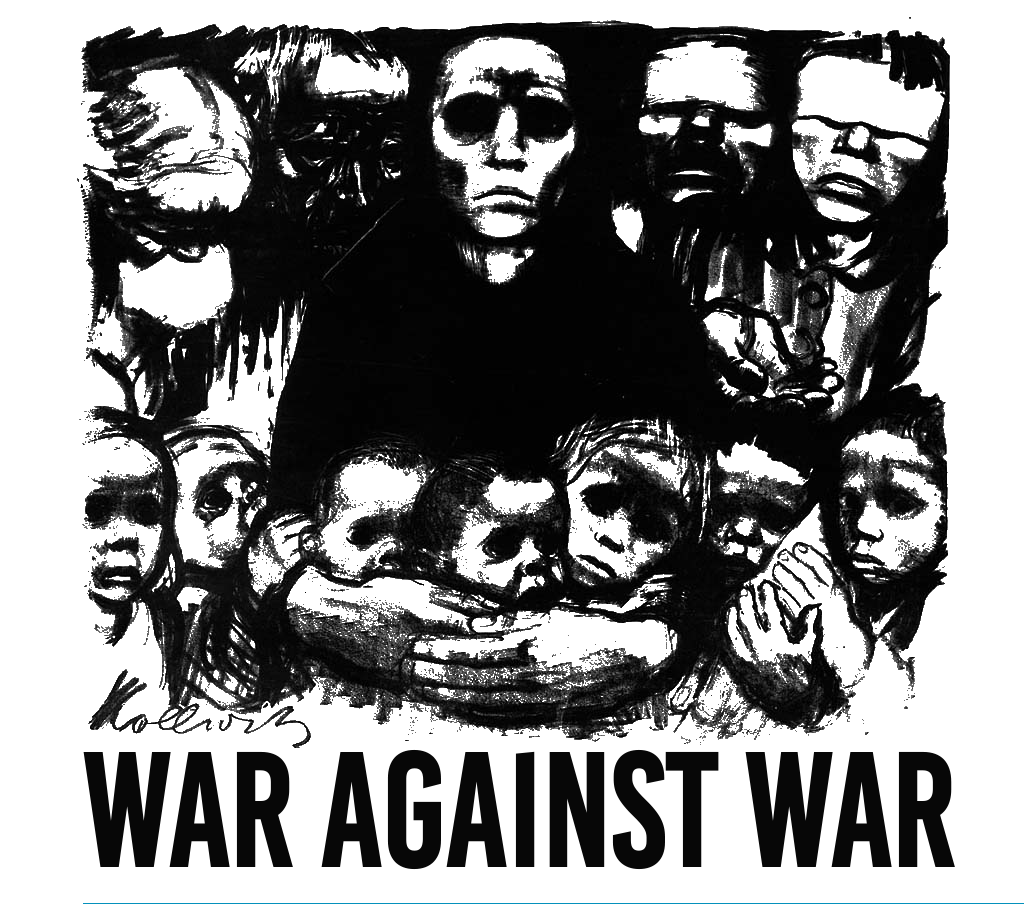In addition to providing crucial insights, the rebel-to-party literature exhibits an unacknowledged conceptual tension: despite remarkable agreement on what ‘rebel-to-party transition’ should capture, there are nearly as many definitions and measures as there are studies of it. I demonstrate that conceptual imprecision has an analytic ripple effect—compromising the validity of the concept, the quality of the measure, the validity of inclusion criteria, and the results of analyses. Across four existing rebel-to-party variables, scholars only agree with regard to eight transitions (out of 161) and five failures (out of hundreds). To address these limitations, I propose a novel conceptualization and measure of rebel-to-party transition—distinguishing between failures, nominal participants (the conventional benchmark for transition), and seated participants. I demonstrate that some definitions of ‘failure’ induce selection effects into samples, and that minimalist indicators of ‘transition’ introduce problematic heterogeneity into ‘successes’. My analyses reveal that nominal participants are statistically indistinguishable from failures on key traits predicting transition and, moreover, seated participants consistently drive results. As such, the new conceptual framework advances the literature on conceptual and empirical grounds.
This was originally published on SAGE Publications Ltd: Journal of Peace Research: Table of Contents.
